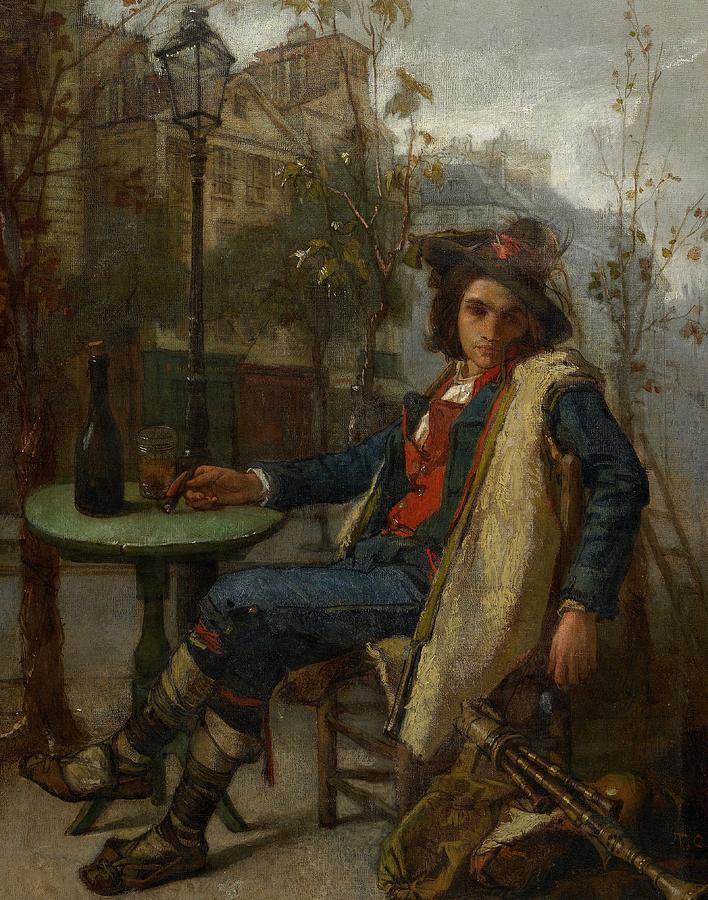One advantage of humanistic approaches to art to post-modern ones is that, if you innovate within humanistic confines, timelessness can be courted. Simply put, what’s most representatively human is (and has always been) what lasts longest. Post-modernity prizes “in” jokes centered in a specific time and place; even the ultimate “in” joke, that Marcel Duchamp co-opted and enveloped all of post-modernity before it even began. The “in” joke for humanists (like the Philly Free School) is that Duchamp started off as yet another frustrated Picasso wannabe, who rebelled against Picasso because he couldn’t equal him. And since Duchamp’s totalized rebellion constituted a totalized rejection of the aesthetic from the inside out, looking at Warhol tweaking Duchamp and then Koons tweaking Warhol can’t be that interesting over a long period of time because what’s being tweaked is a void and a denial. But, post-modern critics will say, this is what the twentieth century was, a void- true enough, especially with America’s material and cultural supremacy over Europe after WWII. Rejections of the aesthetic and a transaesthetic mentality (“transaesthetic” being Baudrillard’s term for “anything can be art”) were a starting point for Duchamp onwards; investigations of a posited “nothing,” and for no reason.
One good reason that humanism is a decent bet to trounce this approach in 2012 is that, during economic crises, art audiences (like everyone else) are more needy. If an impoverished audience wants to find anything in the arts, it’s richness. No one wants to look at or read a void who’s already enveloped into one. If you see something timeless, which represents some human essence in an innovative way, your mind (and, dare I say it, heart) are enriched. This is heightened if the work of art is rich enough to force you to engage it several times- works of higher art are supposed to have that duration. That’s what separates them from kitsch and popular culture. If everything is conflated (and America in particular is wont to conflate these things), culture becomes a junk-heap. American culture is a junk-heap, and largely always has been. Furthermore, “the funny stuff” was created as a foil or counterbalance to serious aestheticism- it was never meant to dominate, and could only do so in a time of cultural degeneracy.
Crises have a level of humanism built into them- if trapped in a burning building, even post-modernists will scream (thus proving they finally feel something). America is now in a place and set in position to sweat, scream, and bleed- the funny stuff can’t quite requite us for what’s been lost. For those of us who never found the funny stuff that funny, the stage being set for a new (and innovative) humanism can only be a good thing. The post-modern disease- a complex which stipulates that only pushing forward into deeper levels of corrosive banality constitutes progress in the arts- has its antithesis in essential themes being refreshed inventively, and specifically for this crisis period. Only a fool would say that sex, God, Love, death, passion, politics, gender, language, and the human imagination could ever be exhausted. That’s what post-modernity was- the triumph of the foolish over the wise, over an extended period of time and with disastrous consequences for the arts. Now that crisis has forced an array of new hands to be played, the pearls will emerge from the irritations of a society shaken to its core.

